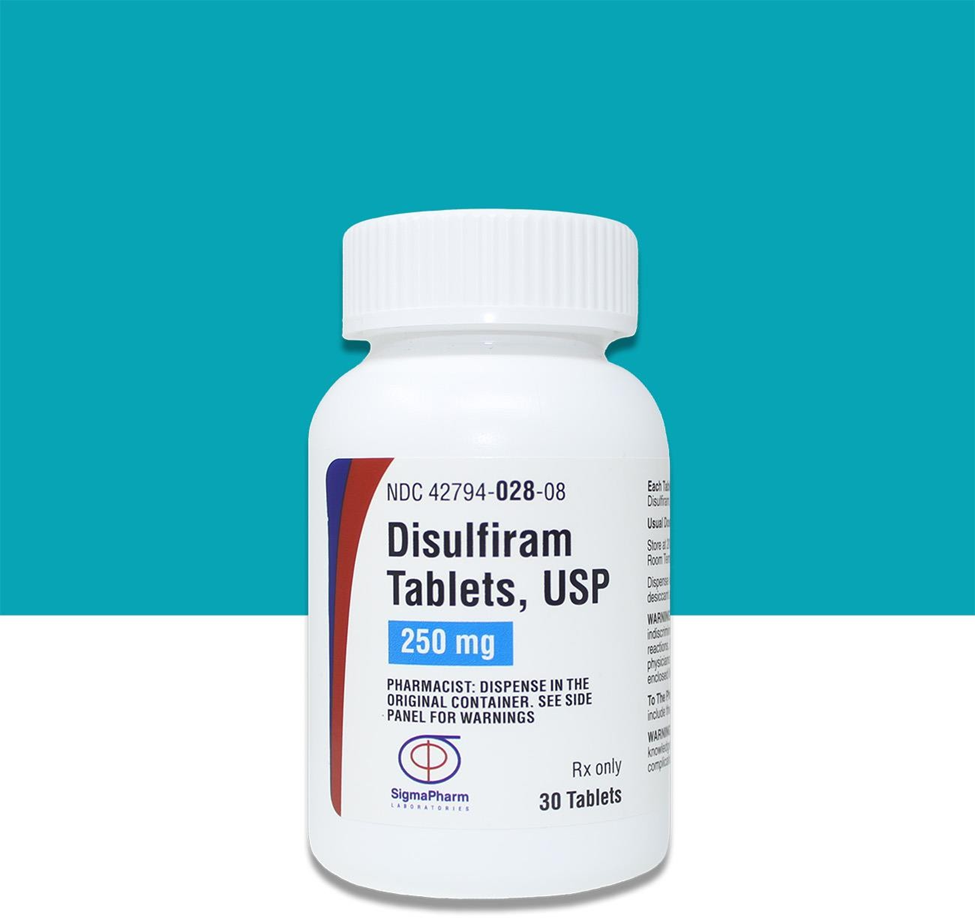An older man with a history of multiple falls at home tells the clinic nurse that his son, who was incarcerated last year for assault and battery, has become increasingly abusive since his release from prison six weeks ago. Which intervention is most important for the nurse to implement?
Tell the client to call Adult Protective Services if his son’s abuse continues.
Verify the client’s report by determining if there is physical evidence of abuse.
Refer the client to a program for victims of domestic violence.
Assist the client in developing an emergency safety plan.
The Correct Answer is D
A. Telling the client to call Adult Protective Services is a valid intervention, but immediate safety planning is crucial.
B. Verifying the client's report by determining physical evidence is important but may not be the most immediate and practical intervention.
C. Referring the client to a program for victims of domestic violence is a valuable option, but immediate safety planning should take precedence.
D. Assisting the client in developing an emergency safety plan is the most important intervention to ensure the client's safety in the present situation.
Nursing Test Bank
Naxlex Comprehensive Predictor Exams
Related Questions
Correct Answer is A
Explanation
A. Conversion disorder involves the manifestation of neurological symptoms without a neurological basis. Sudden blindness with no organic pathology is indicative of a conversion disorder.
B. Complaints of headache and back pain may have organic or psychogenic causes; it does not specifically point to conversion disorder.
C. Extreme anxiety about going outside may be indicative of various anxiety disorders but does not align with the symptoms of a conversion disorder.
D. Complaints of shortness of breath and diaphoresis may have various causes, including medical conditions. It does not specifically indicate a conversion disorder.
Correct Answer is A
Explanation
A. Disulfiram should be taken each morning, and it is recommended to start it 48 hours after the last drink of alcohol to prevent a severe reaction. This helps establish a clear association between the medication and alcohol avoidance.
B. While taking disulfiram with water is generally advisable, the crucial aspect is the timing and the initial 48-hour abstinence period.
C. Taking the medication at bedtime or limiting alcohol to one ounce daily does not address the specific timing requirement for disulfiram initiation.
D. Beginning the medication immediately and taking it daily, regardless of alcohol consumption, may not establish the necessary 48-hour alcohol-free period before starting disulfiram.

Whether you are a student looking to ace your exams or a practicing nurse seeking to enhance your expertise , our nursing education contents will empower you with the confidence and competence to make a difference in the lives of patients and become a respected leader in the healthcare field.
Visit Naxlex, invest in your future and unlock endless possibilities with our unparalleled nursing education contents today
Report Wrong Answer on the Current Question
Do you disagree with the answer? If yes, what is your expected answer? Explain.
Kindly be descriptive with the issue you are facing.
